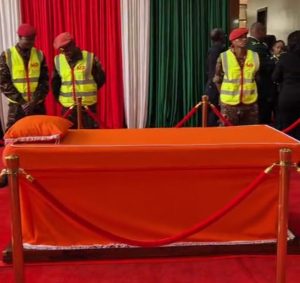Opinion
EXPLAINER: What’s State Funeral And What Makes Raila’s Unique Legacy
Raila’s legacy lies not in the office he failed to win, but in the democratic space he helped create for future generations to contest power peacefully. That, perhaps, is the most fitting tribute a democracy can offer.
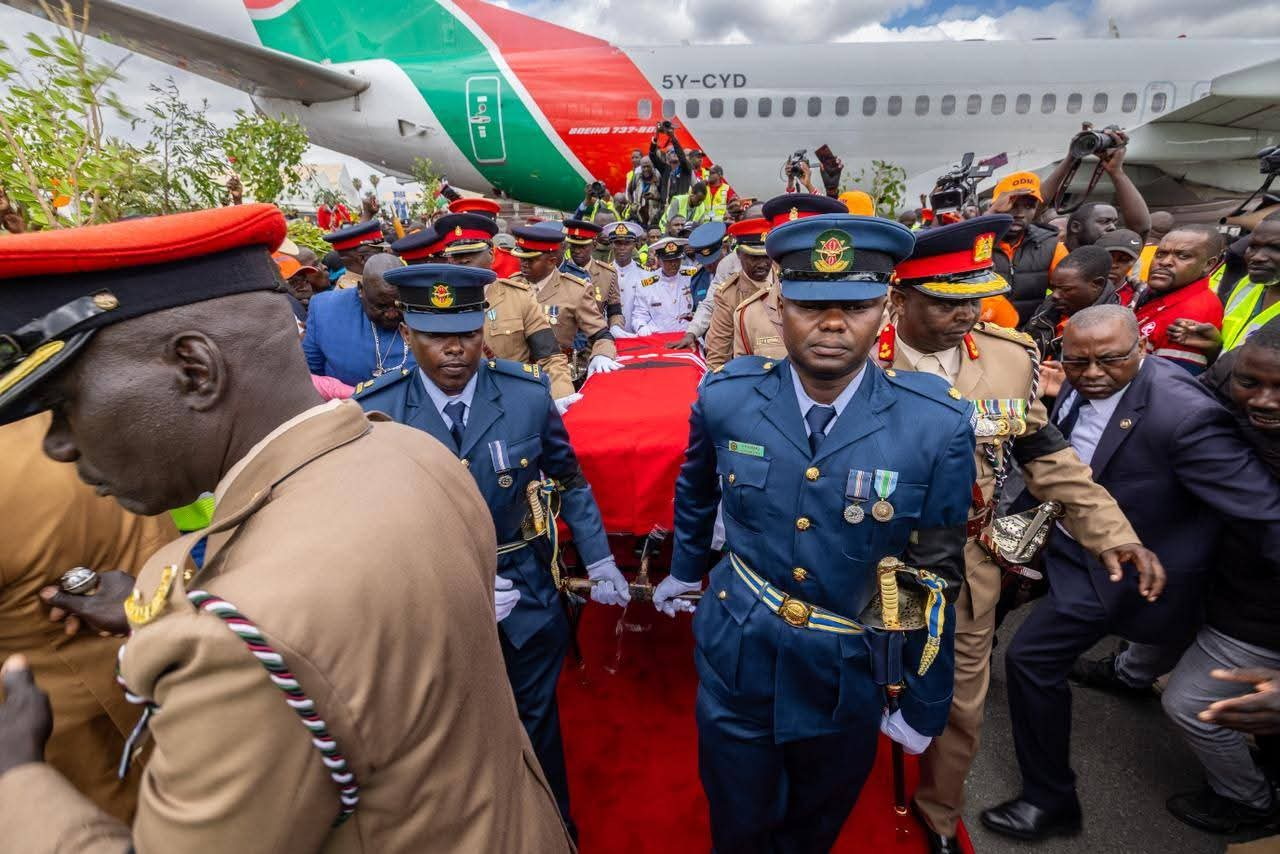
# EXPLAINER: What’s State Funeral And What Makes Raila’s Unique Legacy
The death of former Prime Minister Raila Odinga in India on Wednesday has thrust Kenya into a period of profound national mourning, with President William Ruto declaring seven days during which the national flag will fly at half-mast across the country and at all diplomatic missions abroad. As the nation prepares to bid farewell to one of its most consequential political figures, questions arise about the significance of a state funeral and what distinguishes this particular ceremony in Kenya’s history.
A state funeral represents the highest honor a nation can bestow upon its departed citizens. It is a public ceremony designed to honor a Head of State or a person of exceptional national significance, providing the country an opportunity to collectively reflect on and celebrate the life of the deceased. These occasions transcend ordinary mourning rituals, transforming personal grief into a shared national experience that binds citizens together in remembrance.
In Kenya, as in many other nations, state funerals typically follow an elaborate protocol that includes a public viewing period and a formal military procession. The centerpiece of these proceedings is what is known as “Lying-in-State,” where the body of the deceased is placed in a public venue, most often at Parliament Buildings, allowing ordinary citizens to pay their final respects. This democratic gesture symbolizes that the deceased belonged not just to their family, but to the entire nation.
The ceremonies often incorporate religious services conducted according to the deceased’s faith, traditions, and culture, with the family working closely with the government to determine the burial site and date. Military honors, including gun salutes and ceremonial guards, underscore the gravity of the occasion and the nation’s gratitude for the deceased’s service.
According to Kenya’s established protocols, state funerals are reserved for sitting or retired Heads of State and Chiefs of Defense Forces. For any other person to receive this honor, the Defense Council must authorize it. Raila Odinga falls into this exceptional category, his state funeral authorized by the Defense Council in recognition of his unparalleled contribution to Kenya’s political landscape.
Kenya has conducted several state funerals that have marked pivotal moments in the nation’s history. The tradition began with founding President Jomo Kenyatta in August 1978, a ceremony that symbolized the end of Kenya’s founding era. Former Presidents Daniel Arap Moi and Mwai Kibaki were similarly honored, their funerals serving as occasions for national reflection on their respective legacies.
Beyond presidents, Kenya has extended this honor to other distinguished citizens. Former Vice President Michael Kijana Wamalwa, former Chief of Defense Forces General Francis Ogolla, Nobel Peace Prize laureate Wangari Maathai, former First Lady Lucy Kibaki, and Mukami Kimathi, widow of Mau Mau freedom fighter Dedan Kimathi, have all received state funerals. In August 2024, Kenya held its first state funeral for a woman leader, Mama Phoebe Asiyo, and extended the same honor to world marathon record holder Kelvin Kiptum.
What makes Raila Odinga’s state funeral particularly significant is the unique position he occupied in Kenya’s political firmament. Unlike the presidents who preceded him in death, Raila never ascended to the presidency despite five spirited attempts spanning three decades. Yet his influence on Kenya’s democratic evolution arguably equals or surpasses that of some who held the highest office.
The symbolism woven into his funeral arrangements speaks volumes about his distinctive legacy. In a tradition established with previous state funerals, the body of the late Raila Odinga will be laid on an orange-draped bed during public viewing, a powerful tribute to the movement he led for decades. According to officials familiar with the plans, the color choice carries deep significance. Orange is inextricably associated with the Orange Democratic Movement party, which he founded and led until his death.
This color symbolism follows a precedent set by his predecessors. The late President Daniel Moi lay on a blue-draped bed, a reflection of his signature blue standard. Former President Mwai Kibaki was laid on a white-draped bed, symbolizing his white standard. A presidential standard is a special flag that represents the president, serving as the president’s own banner, separate from the national flag, and used only when the president is present or performing official duties.
For Raila, organizers say the orange theme captures the spirit of resilience, courage, and unity that defined his life and political career. “The choice of colors at state funerals serves as both a tribute and a reflection of the leaders’ personal and political philosophies. For Raila, orange could not have been more fitting,” said an official involved in the arrangements.
Raila’s legacy is inseparable from Kenya’s journey toward constitutional democracy. He was instrumental in the struggle for multiparty democracy in the early 1990s, enduring detention and exile for his beliefs. His role in the 2010 constitutional referendum helped usher in a new governance framework that devolved power and expanded the bill of rights. As Prime Minister in the Grand Coalition Government from 2008 to 2013, he helped steer Kenya away from the precipice of civil war following the disputed 2007 elections.
His political career was marked by an uncanny ability to reinvent himself and forge unlikely alliances. He moved from being a firebrand opposition leader to a coalition partner, from a perennial presidential candidate to an African Union infrastructure envoy. His trademark phrase, “the journey continues,” became emblematic of both his personal resilience and his faith in Kenya’s democratic potential.
The elaborate funeral arrangements reflect both the magnitude of his impact and the unprecedented public response to his death. The plane carrying Raila’s body touched down at Jomo Kenyatta International Airport at 9:30 a.m. on Thursday, where it was received by President William Ruto, family members, and other elected leaders. In scenes that underscored his mass appeal, mourners wailed and clung to his casket, with one screaming “Baba! Baba!” as tears streamed down his face.
According to the national funeral committee, Raila will be laid to rest within 72 hours of his passing, in accordance with his wishes. However, the sheer scale of public grief forced last-minute changes to the carefully choreographed plans. Initially, the public were to view the body at Parliament Buildings, where military officers had been stationed to receive it. But the crowd proved simply uncontrollable, forcing organizers to shift the venue to the more spacious Kasarani Stadium.
Military officers who had been stationed at Parliament were seen packing up and leaving the premises. At the Lee Funeral Home, morticians and military officials who were to receive and prepare the body were instructed to head to Kasarani instead. “The crowd was simply uncontrollable. The mortician and his team have left in the military van,” a senior official at Lee Funeral Home told journalists. After the procession left the airport, Ruto remained at the State Pavilion with family members and other dignitaries for talks.
His body will lie in state at Kasarani Stadium for public viewing from noon to 5pm, before being taken to Lee Funeral Home overnight. Preparations for the public viewing are ongoing under tight security, with thousands of mourners expected to pay their final respects. A state funeral service will be held at Nyayo National Stadium on Friday from 8am, bringing together current and former leaders, diplomats, and ordinary Kenyans from across the political divide.
His body will then be moved to his Karen home for an overnight vigil before being flown to Kisumu on Saturday for public viewing at Jomo Kenyatta International Stadium in Mamboleo from 9am to 3pm. The procession will proceed to Bondo, Siaya County, for the final funeral service and burial rites on Sunday, October 19. At his Opoda home, Luo elders performed the traditional ‘Tero Buru’ ritual, a ceremony that carries both spiritual and cultural weight, representing the deep-rooted respect the Luo people hold for their departed leaders.
What distinguishes this state funeral from others is the complex tapestry of emotions it evokes and the organic outpouring of grief that has overwhelmed even the most meticulous government planning. Raila was both beloved and controversial, a unifying figure for some and a divisive one for others. His supporters saw him as a champion of democracy and social justice, while his critics viewed him as an opportunistic politician. Yet even his fiercest opponents acknowledged his central role in shaping modern Kenya.
The scenes of mourners breaking through security cordons, the desperate cries of “Baba,” and the need to relocate viewing venues all testify to a connection between Raila and ordinary Kenyans that transcended typical political relationships. This was not merely a leader who commanded votes, but one who inspired devotion, whose struggles resonated with those who felt marginalized, whose persistence gave hope to those who had grown cynical about democracy.
The mourning period offers Kenya an opportunity to transcend political divisions and recognize a life devoted to public service. As thousands file past his orange-draped casket in Nairobi and Kisumu, the scenes capture a nation grappling with the end of an era. Raila’s generation of political leaders, those who fought for multiparty democracy and shepherded Kenya through its most turbulent transitions, is passing from the scene.
His state funeral, therefore, is not merely a ceremony for one man but a moment for national introspection. It prompts Kenyans to ask what values they wish to carry forward, how they will resolve their political differences, and whether the democratic institutions Raila helped build will endure. The orange color that will dominate his funeral serves as a vivid reminder of the movements he built, the struggles he championed, and the hope he represented for millions.
In death, as in life, Raila Odinga compels Kenya to confront fundamental questions about its identity and destiny. As the nation prepares to say goodbye, the state funeral serves as a powerful reminder that in democracies, even those who never achieve their ultimate ambition can leave an indelible mark on history. Raila’s legacy lies not in the office he failed to win, but in the democratic space he helped create for future generations to contest power peacefully.
That, perhaps, is the most fitting tribute a democracy can offer. And as his body rests on that orange-draped bed, bathed in the color of resilience and hope, Kenya will remember not just what he fought for, but how he fought, with courage, with persistence, and with an unshakeable belief that the journey, indeed, continues.
Kenya Insights allows guest blogging, if you want to be published on Kenya’s most authoritative and accurate blog, have an expose, news TIPS, story angles, human interest stories, drop us an email on [email protected] or via Telegram
-

 News2 weeks ago
News2 weeks agoKenyan Driver Hospitalized After Dubai Assault for Rejecting Gay Advances, Passport Seized as Authorities Remain Silent
-
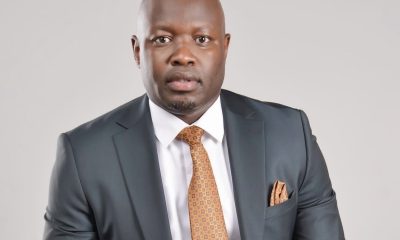
 Investigations1 week ago
Investigations1 week agoMoney Bior, Lawyer Stephen Ndeda Among 18 Accused Of Running An International Fraud Ring Involved With Scamming American Investor Sh500 Million
-

 Investigations6 days ago
Investigations6 days agoNestlé Accused of Risking Babies’ Health in Africa with ‘Toxic’ Cerelac Product Sold Highest in Kenya
-
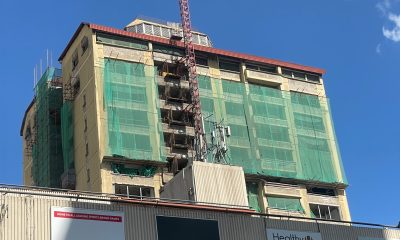
 Business2 weeks ago
Business2 weeks agoConstruction Of Stalled Yaya Center Block Resumes After More Than 3 Decades and The Concrete Story Behind It
-
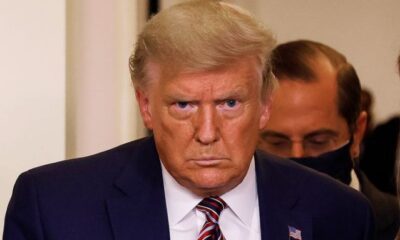
 Investigations2 weeks ago
Investigations2 weeks agoHow Somali Money From Minnesota Fraud Ended In Funding Nairobi Real Estate Boom, Al Shabaab Attracting Trump’s Wrath
-
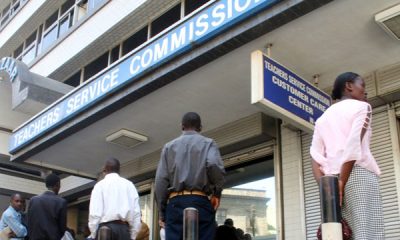
 News1 week ago
News1 week agoTSC Announces Major Policy Shift To End Transfer Of Promoted Teachers
-

 News5 days ago
News5 days ago48-Year-Old Woman Who Pushed 25-Year-Old Boyfriend To Death From 14th Floor Kilimani Apartment Arrested
-
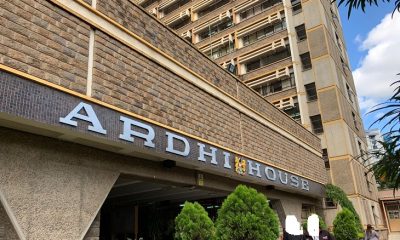
 Investigations2 days ago
Investigations2 days agoHow Land Grabbing Cartels Have Captured Ardhi House

